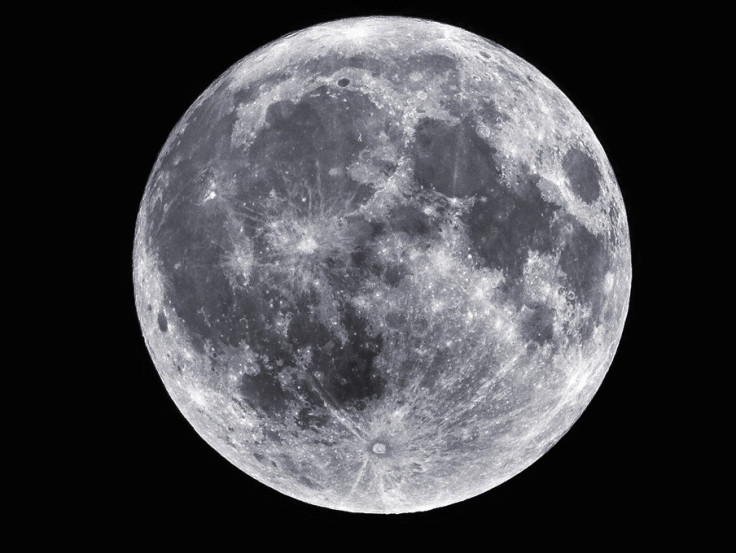NASA Finds Evidence of Water On The Moon
Orbital space probes detect presence of hydrogen and ice at planet's dark south pole

Scientists from NASA and Boston University have found small patches of ice in the Shackleton Crater, at the south pole of the Moon. Five to 10 percent of the crater wall is made of ice, they said, after analyzing data obtained from the Mini-RF radar on Nasa's Lunar Reconnaissance Orbiter.
"These terrific results from the Mini-RF team contribute to the evolving story of water on the moon. Several of the instruments on LRO have made unique contributions to this story, but only the radar penetrates beneath the surface to look for signatures of blocky ice deposits," said John Keller, a scientist at NASA's Goddard Space Flight Center.
Scientists believe that because the interior of the Shackleton crater lies in permanent shadow it is cold enough for ice to accumulate.
"Inside the crater, we don't see evidence for glaciers like on earth. Glacial ice has a whopping radar signal, and these measurements reveal a much weaker signal consistent with rugged terrain and limited ice," said Bradley Thomson, researcher at Boston University.
Previous studies had declared the lunar surface completely dry, but recent spacecraft observations using near-infrared spectrometers have detected thin films of water and hydroxyl across the lunar surface.
Orbital neutron measurements also indicate elevated levels of near‐surface hydrogen in the polar regions; in the form of water, this hydrogen would represent an average ice concentration of about 1.5 percent by weight.
The new discovery supports the theory that water or ice exists on the lunar surface.
"We are following up these tantalizing results with additional observations. Mini-RF is currently acquiring new bistatic radar images of the moon using a signal transmitted by the Arecibo radio telescope in Puerto Rico. These bistatic images will help us distinguish between surface roughness and ice, providing further unique insights into the locations of volatile deposits," said Ben Bussey, researcher at the Johns Hopkins University Applied Physics Laboratory.
© Copyright IBTimes 2025. All rights reserved.





















